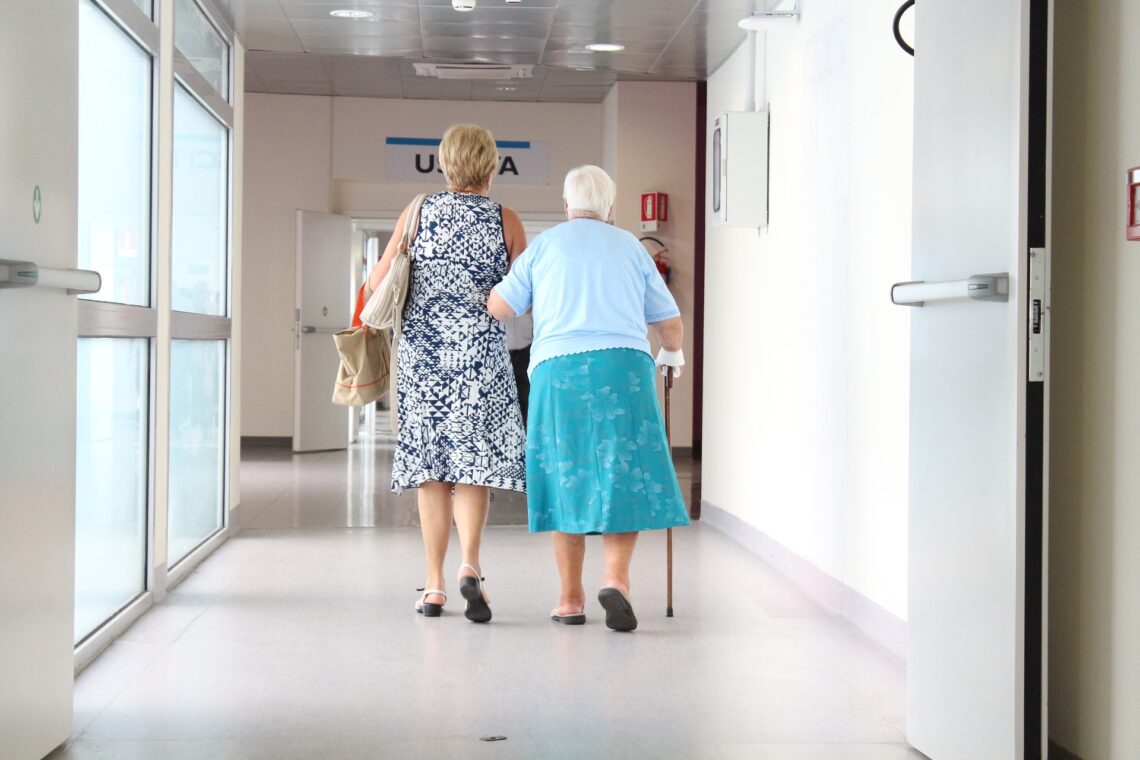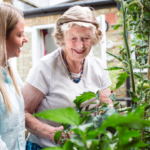The outbreak of Covid-19 has seen an unprecedented surge in demand on health and social care services and many resources are being stretched to breaking point. Hospital discharge teams are tending to go down the route of discharge to care homes, or to their own homes with drop in care packages. Live-in care is not always being considered as an option despite offering many significant benefits.
Live in care vs Care Homes during Covid-19 Pandemic
There is a common misperception that live-in care is unaffordable, however the cost can be comparable to a care home. At present, live-in care for Coronavirus patients is an underutilised resource. Many live in care providers report that they have the capacity to provide care, however are not seeing referrals through hospital discharge channels. This article will look at the benefits of live-in care versus drop in care and care homes.
It is thought that many of the deaths caused by Covid-19 have been in care homes, however this information is not always being accurately recorded. GPs are reportedly reluctant to record Covid-19 as a cause of death on a death certificate in the absence of a positive test. There has been a lack of widespread testing in the community, which means the exact rates of infection and death toll is not known.
Problems faced by Care Homes due to Covid-19
It is difficult to control the spread of the virus within a care home as many vulnerable people are living in close quarters. It is not always feasible for people to be quarantined within their bedrooms, as many need close supervision, particularly those with dementia. People with dementia may find it unsettling or scary to receive care from staff wearing facemasks and other PPE. These feelings may exhibit themselves through behavioural changes and emotional responses.
How live in care at home can help during Coronavirus Pandemic
In a person’s own home, as long as the carer and client are symptom free, a face mask is not required. It is much easier for a live-in carer to maintain a sense of normality in a person’s own home environment. Infection prevention and control procedures are also much easier to follow as there is not the risk of cross contamination or close contact from other residents or staff. Drop in care providers have been battling many challenges including staff shortages and lack of PPE. This means that their staff and clients may be placed at higher risk of spreading and contracting Covid-19. Drop in care may be provided by up to four different carers per day, who in turn may visit upto thirty other clients daily.
With a live-in carer, one person will stay with the care recipient for 24 hours a day, sometimes for up to six weeks or longer. Therefore, the risk of cross infection is significantly lower with live-in care. A live-in carer is able to effectively self isolate with the care recipient so that they are much less likely to contract and pass on the virus. The overall PPE requirements for a live-in carer are lower, making the supply of appropriate PPE much more manageable. Unlike drop in carers, live-in carers are not under time constraints to get to subsequent visits. This means that they can give the person they’re caring for, all the time that they need, and changes or deterioration in health may be picked up earlier.
Pandemic or not, live-in care is a viable option for many people, providing safer, more individualised care, and allowing people to continue to live with their loved ones. In times like these, it is especially important to consider how the care needs of the most vulnerable people in our society can be best met. It remains important to provide high quality, person-centred, and compassionate care, which can be readily achieved through live-in care.








